552-94-3
| Name | salsalate |
|---|---|
| Synonyms |
Disalcid
EINECS 209-027-4 2-[(2-Hydroxybenzoyl)oxy]benzoic acid Benzoic acid, 2-hydroxy-, 2-carboxyphenyl ester 2-(2-hydroxybenzoyl)oxybenzoic acid 2-salicyloyloxy-benzoic acid Salicylsalicylic acid Saloxium Diacesal Salicylic Acid Bimolecular Ester Disalicylic acid Salicyl salicylate 2-{[(2-hydroxyphenyl)carbonyl]oxy}benzoic acid Diplosal Salina Salicylic Acid Salicylate carboxyphenyl salicylate Disalyl MFCD00020252 Salsalate sasapyrine Sasapyrinum |
| Description | Salsalate is a nonsteroidal anti-inflammatory drug (NSAID).Target:Salsalate is a medication that belongs to the salicylate and non-steroidal anti-inflammatory drug (NSAID) classes. Relative to other NSAIDs, Salsalate has a weak inhibitory effect on the cyclooxygenase enzyme and decreases the production of several pro inflammatory chemical signals such as interleukin-6, TNF-alpha, and C-reactive protein. Common conditions in which Salsalate may be indicated include inflammatory disorders such as rheumatoid arthritis or noninflammatory disorders such as osteoarthritis. |
|---|---|
| Related Catalog |
| Density | 1.4±0.1 g/cm3 |
|---|---|
| Boiling Point | 482.9±25.0 °C at 760 mmHg |
| Melting Point | 139-151 °C |
| Molecular Formula | C14H10O5 |
| Molecular Weight | 258.226 |
| Flash Point | 188.0±16.7 °C |
| Exact Mass | 258.052826 |
| PSA | 83.83000 |
| LogP | 3.05 |
| Vapour Pressure | 0.0±1.3 mmHg at 25°C |
| Index of Refraction | 1.646 |
| Storage condition | room temp |
CHEMICAL IDENTIFICATION
HEALTH HAZARD DATAACUTE TOXICITY DATA
|
| Symbol |


GHS07, GHS09 |
|---|---|
| Signal Word | Warning |
| Hazard Statements | H302-H400 |
| Precautionary Statements | P301 + P312 + P330 |
| Hazard Codes | Xi:Irritant; |
| Risk Phrases | R36/37/38 |
| Safety Phrases | 37/39-26 |
| RIDADR | 3077.0 |
| RTECS | DH2080000 |
| HS Code | 2918230000 |
| Precursor 10 | |
|---|---|
| DownStream 5 | |
| HS Code | 2918990090 |
|---|---|
| Summary | 2918990090. other carboxylic acids with additional oxygen function and their anhydrides, halides, peroxides and peroxyacids; their halogenated, sulphonated, nitrated or nitrosated derivatives. VAT:17.0%. Tax rebate rate:13.0%. . MFN tariff:6.5%. General tariff:30.0% |
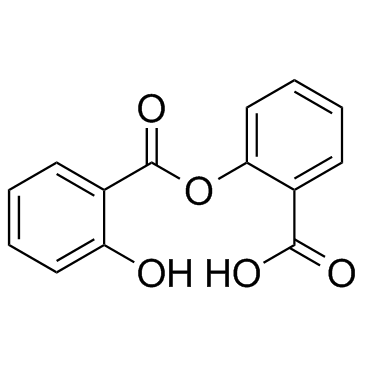
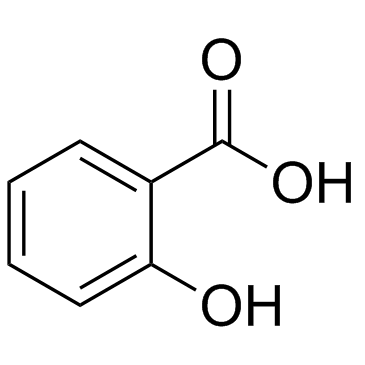
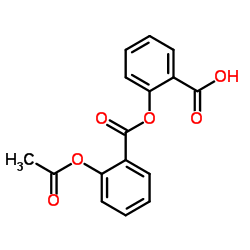
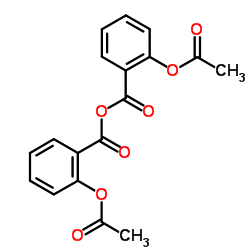
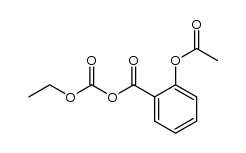
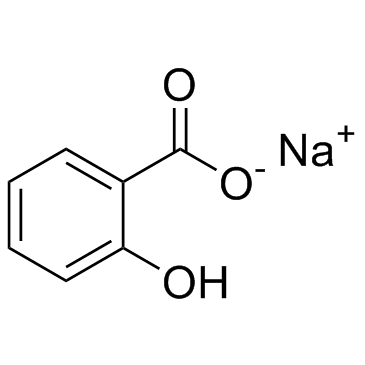
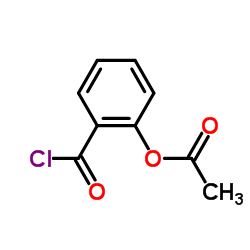
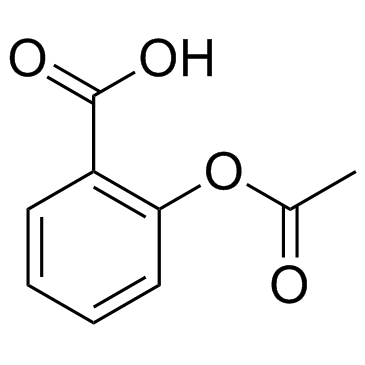
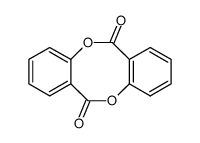

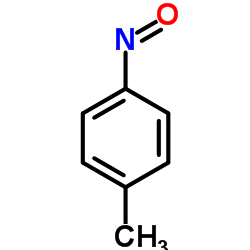
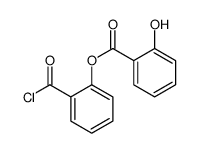
![2-[2-[10-[2-(2-carboxyphenoxy)carbonylphenoxy]-10-oxodecanoyl]oxybenzoyl]oxybenzoic acid structure](https://www.chemsrc.com/caspic/006/537048-81-0.png)
![ethyl 2-[(2-hydroxybenzoyl)amino]acetate structure](https://www.chemsrc.com/caspic/428/5853-89-4.png)